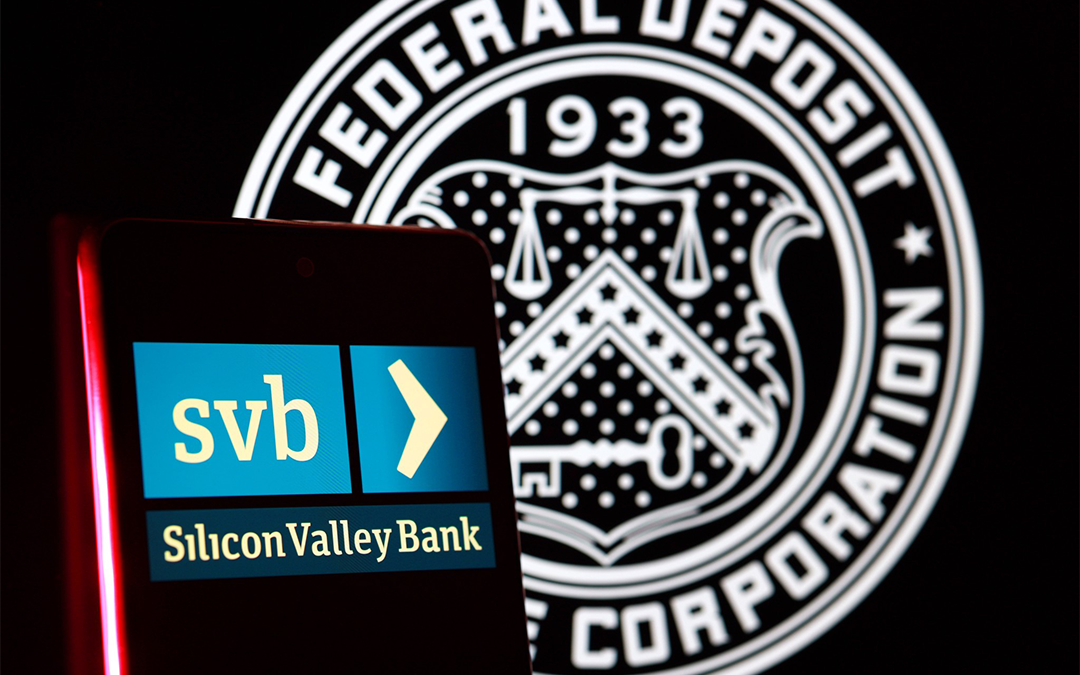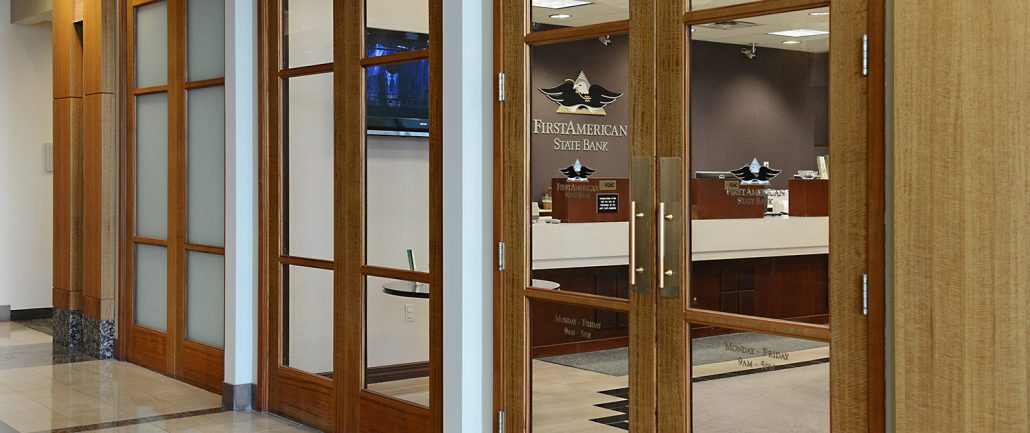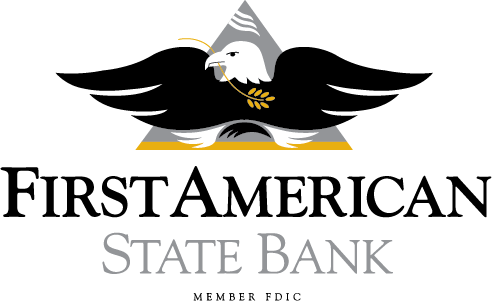
by Jay Davidson | Apr 17, 2023 | First American State Bank, News
Don’t be confused by fear into thinking that a lot of banks make the same mistakes as did SVB.
Perfect storms occur in batches. It’s never a single event, a single wave. Bank executives, like ship captains, earn their keep during times of upheaval. The good ones anticipate events, examine cause and effect, assess risk, and chart the best course through rough seas.
Silicon Valley Bank grew deposits by $100 billion in a year and a half. That was the first wave in a perfect storm. The problem/opportunity originated from the easy money that the Federal Reserve flooded into the economy (printing $9 trillion via quantitative easing). SVB depositors were high-tech recipients of government spending on ESG and DEI projects. Those deposits are considered hot, subject to withdrawal at a moment’s notice.
SVB’s mistake was to mismatch volatile deposits by investing in long-term bonds. It invested those deposits in 10-year Treasuries that yielded 1.6 percent. Moreover, SVB execs and bank examiners were distracted by meaningless woke activity; they spent more time on social justice than on bank fundamentals.
The next wave was, once again, Fed action. This time, it was interest rates and Fed tightening. The Fed raised rates in 2022 by 4.5 percent in a year. That was way too rapid. It caused an inverted yield curve, thereby squeezing net margins, and caused a massive decline in the face value of bonds. The decline in the value of bonds only matters if a bank has to sell that bond for liquidity purposes.
When you operate a bank so close to the edge, as did SVB, it doesn’t take much to push it over the precipice. In this case, it may have been a tweet. The hot deposit owners, the tech giants, got wind of an issue at SVB and tweeted about the alarm. That final nail caused the run that brought them down.
The vast majority of banks and bankers appreciate the dangers of perfect storms and manage their banks in a moderate, balanced, and conservative manner. Don’t be confused by fear into thinking that a lot of banks make the same mistakes as did SVB. Understand the clear (in hindsight) path that SVB took to destruction and realize that bank owners don’t want to suffer the same, and inevitable, consequences for poor management.
Jay Davidson is founder and chairman of a commercial bank he started in 1995. He is an adherent of the Austrian School of Economics and an ardent believer in individual freedom and capitalism.

by Jay Davidson | Mar 14, 2023 | First American State Bank, News
Regarding concerns over banking and banks.
The past few days have been interesting. Thankfully, even with all the news about Silicon Valley and Signature, our bank gained deposits because we have a reputation for careful and safe management, high standards, personal and caring service and honest dealings. In fact, those are some of the key principles in our culture statement.
It is only natural that our friends and depositors should ask if their deposits are safe. The bank has a strong liquidity profile, and its business strategy varies from SVB’s in a variety of critical ways, including:
- SVB was not a traditional bank in most ways. It maintained a client base comprised of a heavy concentration of tech startups and the venture capital firms that financed them. These are high-risk and high growth clients, that are especially susceptible to recent economic challenges. Colorado banks, including our bank, predominantly lend on real estate and accounts receivable. These are much less prone to volatility.
- SVB grew deposits more than $100 billion to $220 billion from $116 billion in one year. Doubling the size of a bank in one year is inherently risky. This placed great stress on SVB’s deployment of those deposits into assets. It led to their demise. They were the 16th largest bank in the nation. Traditional community bankers, including our bank, manage their deposits growth carefully and maintain much more granular deposit relationships. See the last point below.
- The majority of the highly-concentrated deposit balances in SVB’s customer accounts were uninsured (95%). When the start-up technology sector experienced a cash crunch, SVB experienced material deposit outflow, leaving it with a liquidity shortage. Our bank has about 29% of its deposits uninsured.
- SVB invested $100 billion of new deposits in Treasury bonds. There is little default risk in full faith and credit Treasuries, but all assets have interest rate risk when bond terms are mismatched to deposit maturities. Community banks manage interest rate risk very carefully. We use sophisticated models to match maturities of assets and liabilities to remain neutral in either an up or down rate environment. SVB did not and when it was forced to sell securities to fund its liquidity (deposit outflows) it resulted in a material hit to capital.
We welcome questions and comments and deeply appreciate your business.
Jay Davidson, Chairman, CEO, Founder
First American State Bank
First American Bancorp


